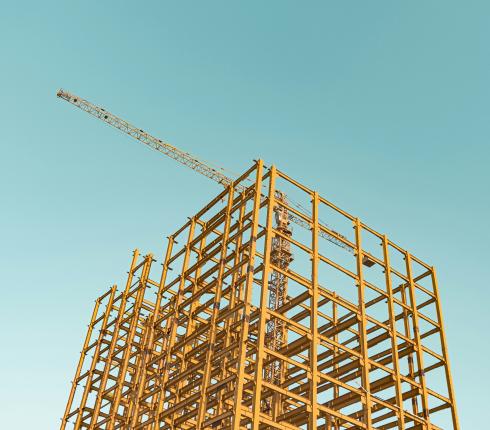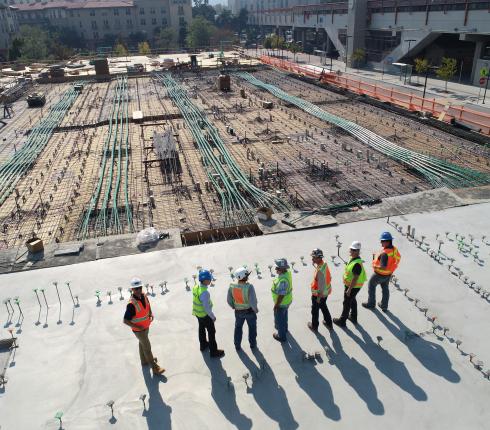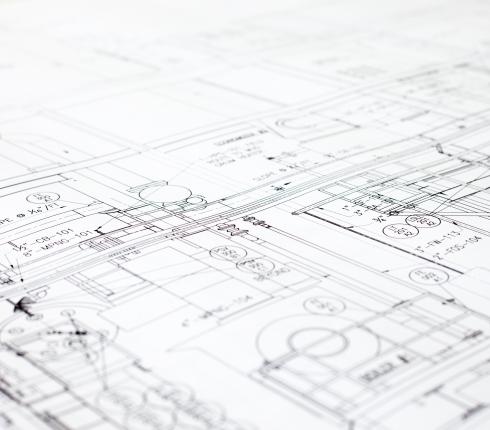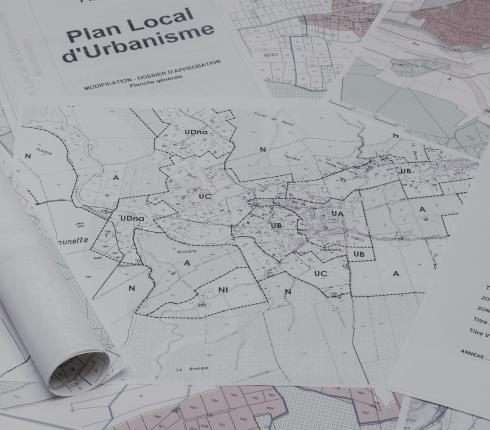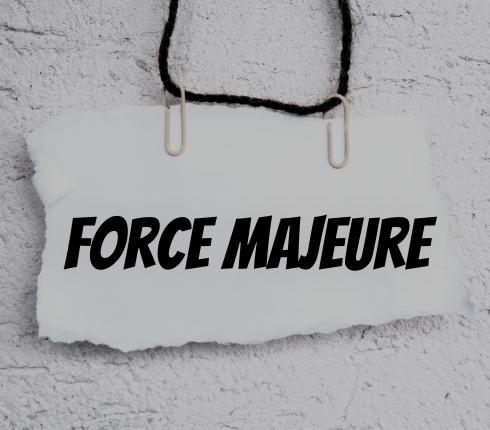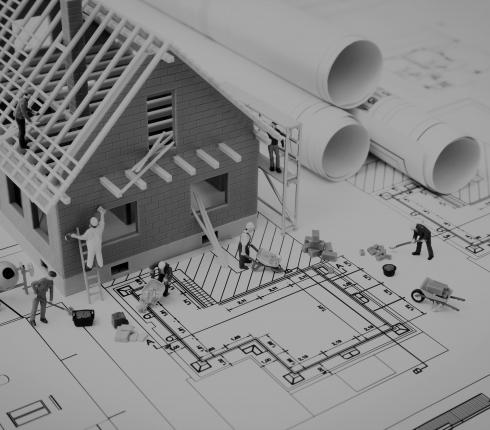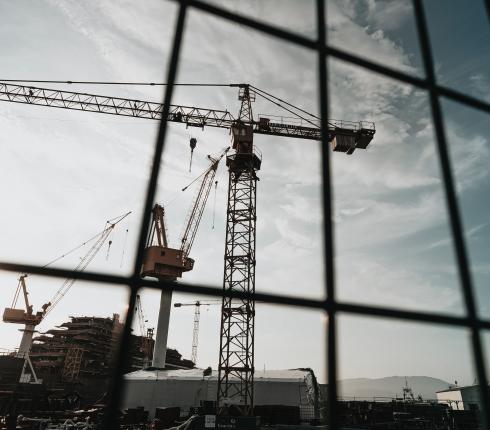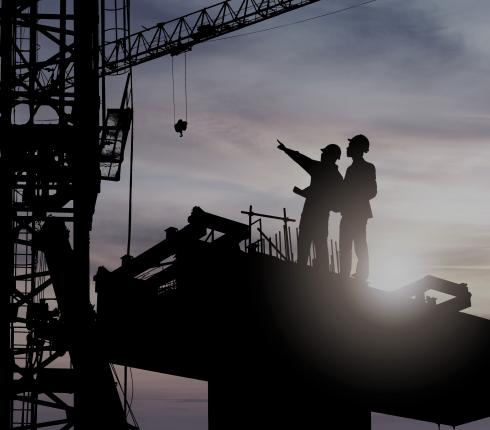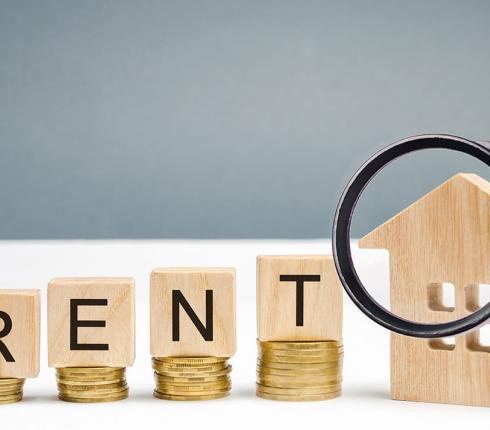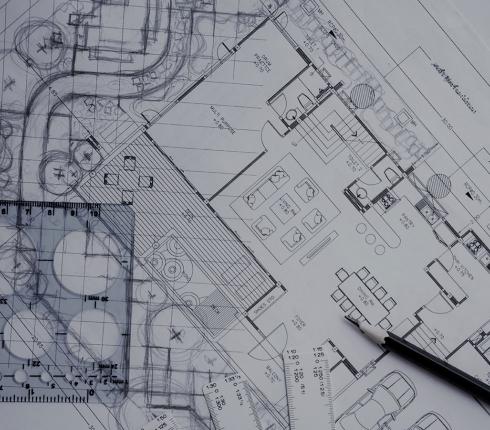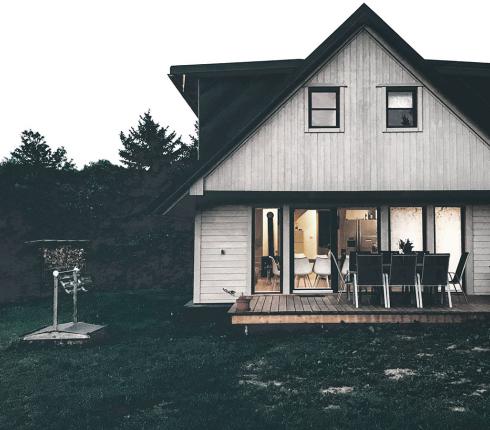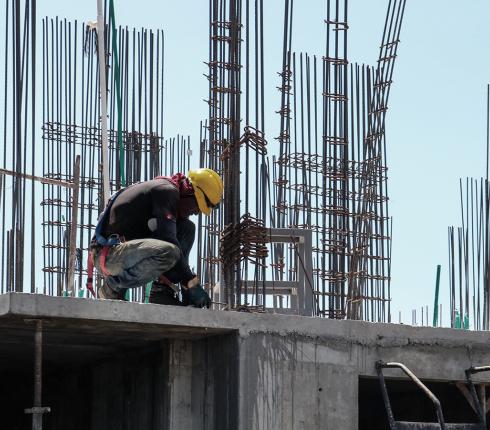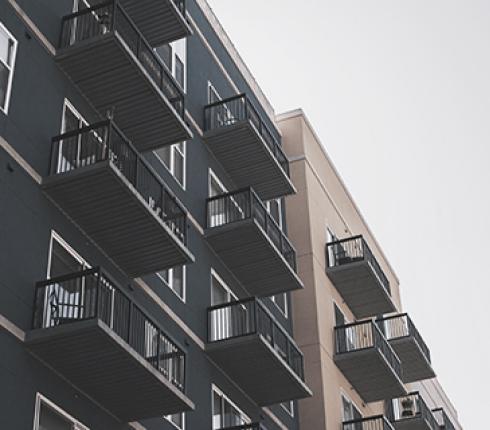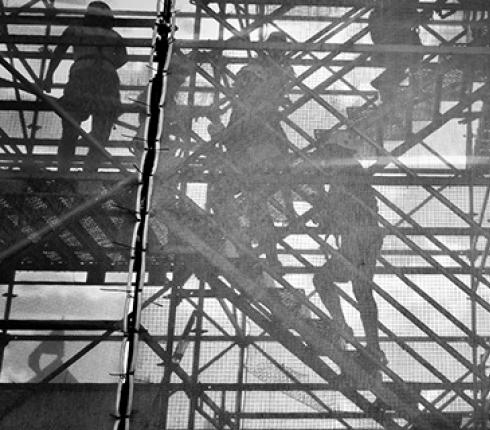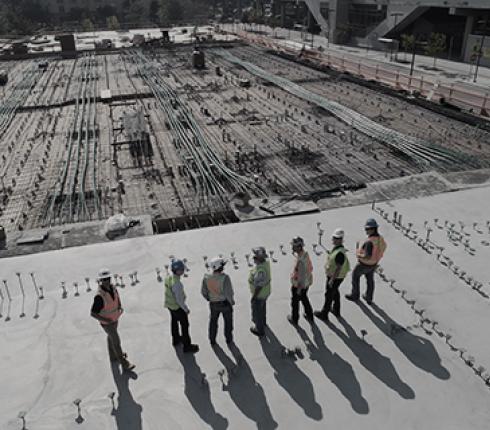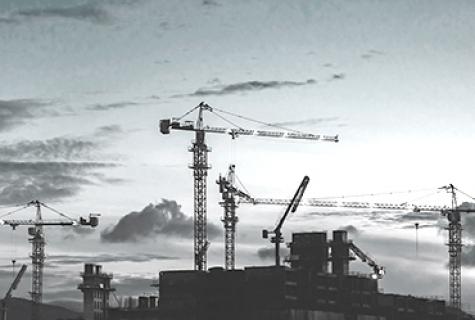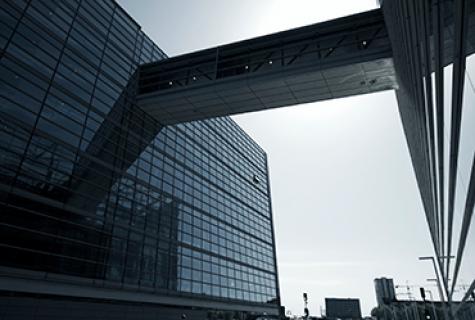NJORD Estonia: 4 common mistakes made when concluding a lease contract
Lease contracts are one of the most required types of contracts. A correct and clear lease contract is the basis of a good lease relationship, since the lease contract often binds the parties for years and changing it later is much more complicated.. In addition, the rent and accessory expenses are significant fixed costs for the lessee and substantial sources of income for the lessor.
In this article we want to point out four most common mistakes, which, when eliminated, might help avoid future disputes related to interpreting lease contracts.
- Insufficient description of the leased premises. Often, lease contracts describe the leased object in a very general manner, by just stating its address and square footage. For example, it’s often left unclear what rooms the lessee has the right to use – do they have a right to use some additional rooms like basements, corridors, attics etc. Sometimes it’s unclear whether the lessee has the right to use the land of the property, for parking for example. If they do, the land area should be clearly defined, for example with a drawing.A problem might occur if after signing the contract it turns out that the leased premises that was described in the contract did not include the right to use all facilities that the lessee would have liked, nor are there enough parking spaces. Or vice versa, the lessee uses the property in a wider extent than permitted or necessary for their direct use. It might also happen that the immovable or a building is used by several lessees and misunderstandings arise due to an insufficient regulation regarding the use of common areas.To avoid these misunderstandings, it’s recommended to describe the exact composition of the rental space, including the square footage, purposes of use, location in the building, the area of land, the number of parking spaces and the location of all the areas that shall be used by the lessee. It’s wise to add the plans of the leased premises to the contract.
- Failure to describe the state of the leased premises. It’s common to describe the state of the leased premises quite vaguely like “the leased premises are in good condition” or “the leased premises are usable”, but that doesn’t specify the meanings behind them. The act of delivery and receipt often describes only the fact that the space has been handed over and states the meter readings.The Law of Obligations Act states that if upon handing of the leased premises over to the lessee, an instrument of delivery concerning the premises is prepared, the premises are presumed to have been delivered in the condition set out in the instrument of delivery. But, if the instrument of delivery does not describe the state of the premises, then unfortunately it is of no use in the future when it’s time to re-evaluate its state. The state of the leased premises, as they were when they were handed over to the lessee, becomes important at the end of the lease period, since according to the law, a lessee shall return a leased object together with its accessories in a condition which conforms to the contractual use after the expiry of the contract. The law also states that the lessee shall not be liable for the natural wear or deterioration of the object or changes which accompany the contractual use. If the state of the leased object is undocumented at the time of delivery, it’s extremely difficult to determine what the original state of the object had been. If both parties are legal entities, by the end of a multiannual period the representatives of the entities might not be the same as the ones who signed the lease, which means that there might be no one who remembers the original condition of the premises.To avoid disputes that might occur when returning the leased object, it’s recommended to write up a detailed description of the object’s condition and take photographs of it, including the deficiencies of the leased premises and the objects located thereof. Otherwise, it might be difficult to prove whether the lessee has damaged the lessor’s property or did the deficiencies exist beforehand.
- Insufficient regulation for accessory expenses. Accessory expenses are charges for the services and acts of a lessor or a third party which are related to the use of the premises. Accessory expenses are paid in addition to rent, for example for electricity, water, heat, maintenance, security etc.According to the Law of Obligations Act, the lessee shall bear accessory expenses only if so agreed. In practice, problems might occur due to the fact that accessory expenses are defined too broadly or too narrowly. Lessors usually try to keep the list of accessory expenses open and not limited to the expenses set in the contract. For example, they might try to add a clause that says that in addition to the clearly stated expenses, the lessee must also pay other expenses related to maintaining, operating and preserving the premises. The lessee’s interest in this matter is the opposite – to only pay expenses that are directly related to using the premises, are clearly stated in the contract and exclude all additional invoices for services that are not directly related to using the leased premises. Disputes arise over whether the expenses qualify as accessory expenses and whether the calculations are correct.A clearly worded list of accessory expenses and defining the basis of how accessory expenses are determined and amended will help avoid problems in the future. It’s recommended to ask to see some utility bills before concluding a lease contract to get an idea of the size and composition of utility costs.
- Unclear regulation regarding repair work. The legislator assumes that the lessee must only remove the defects of a leased object at their own expense if these defects can be removed by light cleaning or maintenance which is in any case necessary for the ordinary preservation of the thing, but other arrangements can be agreed on.Although according to the law, doing repair work in the leases premises is not the lessee’s responsibility, most lease contracts for business premises are concluded in a way that obligate the lessee to make necessary repairs. Especially when dealing with public areas or areas that are used intensely like manufacturing or retails spaces. Lease contracts don’t often determine the repair obligations that are divided between the lessee and the lessor. For example, terms such as “current repairs”, “sanitary repairs”, “capital repairs” are used, but the scope of the repairs, the used materials and constructional solutions are left undefined, which might lead to disputes between the parties in the future about whether the replacement of floor covering, for example, falls under current or capital repairs and who should pay for it.To avoid potential problems, it is recommended to define the used terms in addition to just writing down the type of the repair and clearly state which party must make which repairs and to which rooms, building parts and technological systems the obligation of repairs applies to. It might be helpful to add a table to the lease contract that states the exact distribution of repair works and costs between the parties.
In summary, the reason for these kinds of insufficient contracts is the fact that people usually conclude lease contracts in a rush, or they are too shy to discuss the terms and conditions more thoroughly and they simply fail to ask additional questions. As a result, people are not comfortable asking for better terms for themselves. Sometimes the problem is the lack of experience in dealing with lease contracts, or the opposite - using standardized templates. When it comes to the ladder, people either forget, or don’t think it’s necessary to customize the templates to be more suited for the specific situation and parties.

